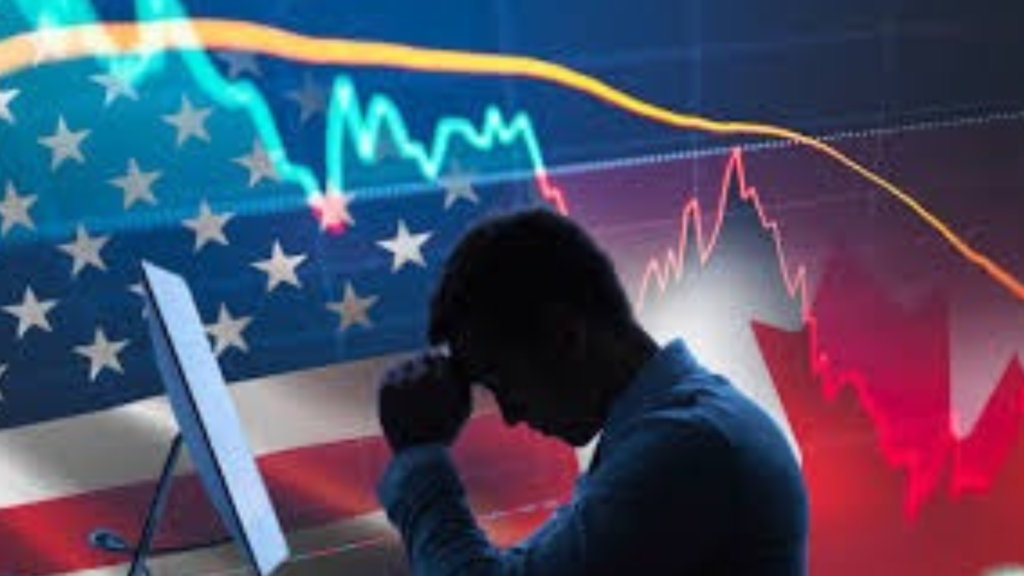S&P 500 correction has officially begun. The index dropped 1.4% on Thursday, marking a 10% decline from its February peak. This plunge has erased all post-election stock market gains, returning the index to levels last seen in September 2024.
Market Turmoil: What’s Driving the Decline?
Several key factors have contributed to the latest stock market slump:
- Trump’s Tariff Policies: The administration’s escalating trade war has heightened market uncertainty. A 200% tariff on E.U. wine and champagne was announced in retaliation for European duties on U.S. whiskey.
- Stagflation Concerns: Inflation remains high while economic growth appears sluggish, raising fears of stagflation.
- Major Stock Losses: Top companies have seen significant drops, with Tesla down 27%, Walmart down 18%, and Amazon down 17% over the past month.
S&P 500 Correction Turn Into a Bear Market?
Market corrections—defined as a 10% drop from recent highs—are common, historically occurring every 10 to 15 months. However, not all corrections turn into bear markets (20%+ declines).
With economic uncertainty mounting, analysts are divided. Some believe this is a temporary reaction to policy shifts, while others warn that continued trade wars and inflationary pressures could deepen the downturn.
Investor Sentiment and Market Outlook
- Treasury Secretary Scott Bessent downplayed concerns, calling recent market moves “short-term volatility.”
- Principal Asset Management’s Seema Shah sees trouble ahead, stating, “The U.S. economy has faced only headwinds in 2025, with no clear tailwinds yet.”
- Tech Stocks and Cryptos Hit Hard: Riskier assets, including tech stocks and cryptocurrencies, have suffered major losses amid declining investor confidence.
Where Do Markets Go from Here?
The Nasdaq is already in correction territory, while the Dow Jones Industrial Average remains 300 points away. If inflation data remains high and tariffs continue to escalate, the risk of a deeper market downturn increases.
Source: NBC News


